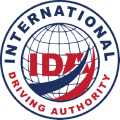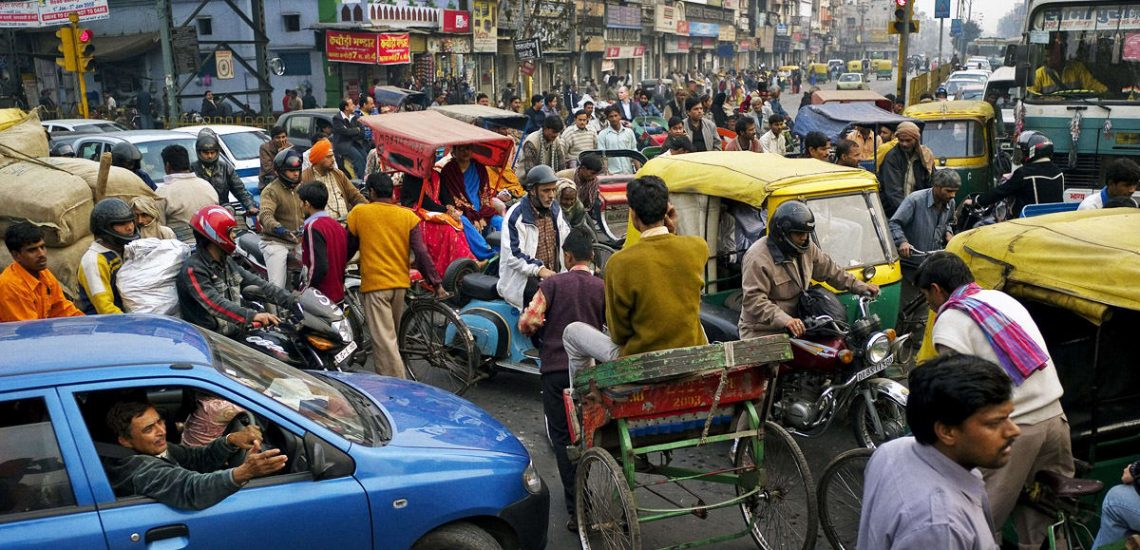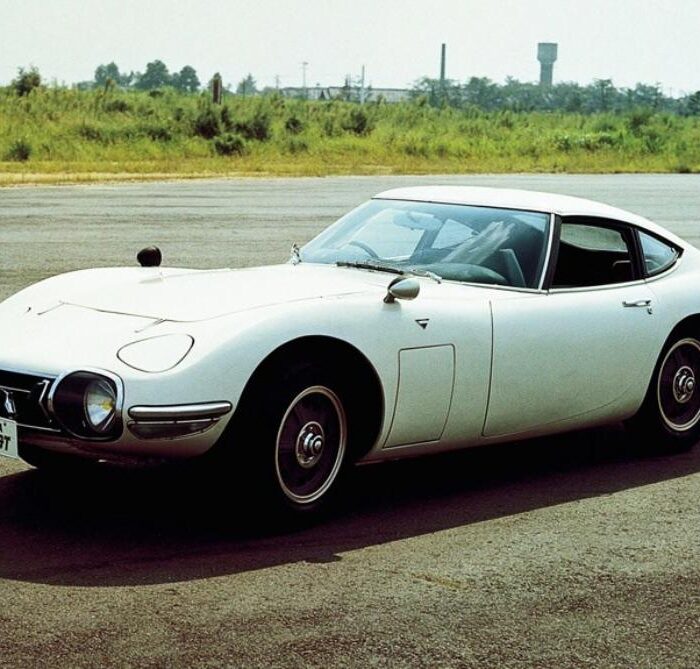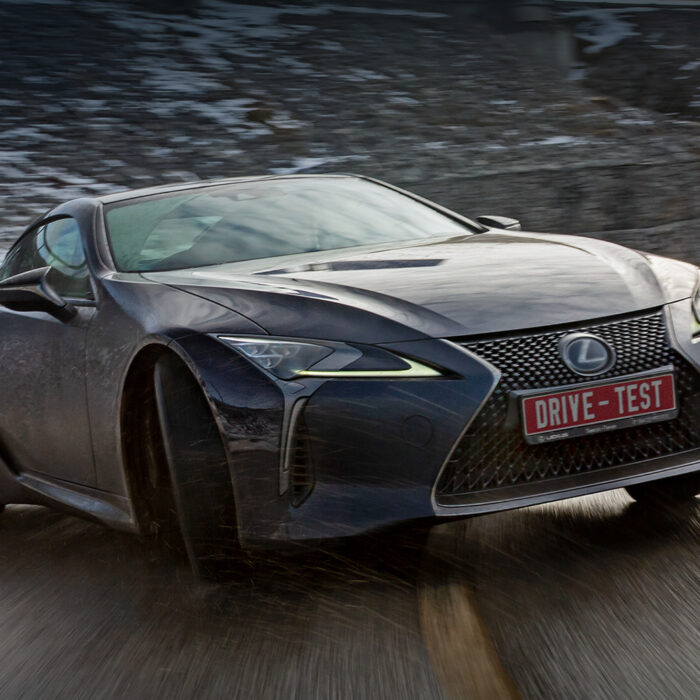India is a unique country with its distinct approach to traffic rules and driving habits. Although formal traffic rules exist, their adherence is often unconventional. Despite this, the chaotic harmony on Indian roads is fascinating. Here, we’ll guide you through the process of obtaining a driver’s license in India, the consequences of driving without proper documents, and insights into typical Indian driving etiquette.
Are There Traffic Rules in India?
A few years ago, Indian police conducted a survey in major cities and found astonishing results—only 40% of regular drivers were aware of the existence of traffic rules. However, Indian driving habits are quite fluid, enabling drivers to avoid collisions despite minimal adherence to formal rules.
Some unique features of Indian roads include:
- Most vehicles lack side mirrors, as they frequently get damaged due to overcrowded roads.
- India follows left-hand traffic, which may initially confuse visitors accustomed to right-hand driving.
- Truck drivers typically exercise extreme caution because the consequences of accidents are severe.
- Many traffic lights and speed bumps are in place to help control the flow.
Indian drivers generally remain calm and tolerant, rarely reacting aggressively to mistakes or rude behavior. Minor vehicle damage is typically ignored and not considered worth a confrontation.
Animals on Indian Roads
Traffic in India usually moves slowly due to frequent obstacles, including animals and pedestrians. Common situations include:
- Cows, sheep, and even people sleeping on roadsides or median strips.
- Animals are considered sacred, especially cows, and will rarely move quickly, even if honked at repeatedly.
- Buses generally move faster, and drivers traditionally yield to them.
- Overtaking vehicles often force oncoming traffic onto the roadside, requiring abrupt stops and careful maneuvering.
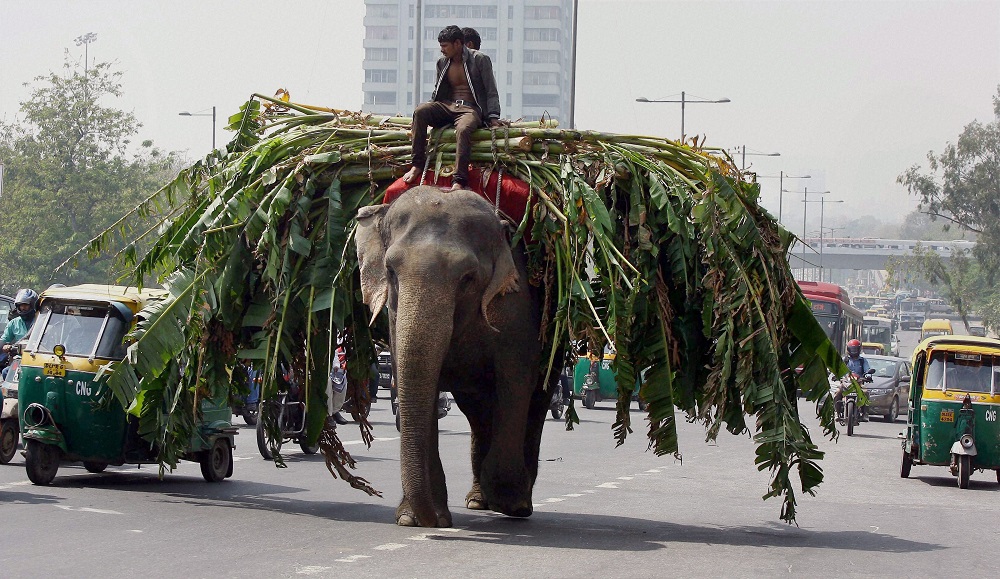
Documents for driving in India
A national driving license is not valid in India. An International Driver’s License is required, even his photocopy (scan) is suitable. A photocopy or digital scan is acceptable.
- If you don’t have an IDL, you must obtain one from your home country before traveling.
- Driving without proper documentation can result in fines or being blacklisted from future entry into India.
- A tourist visa does not entitle a visitor to obtain an Indian driver’s license.

How to Officially Obtain a Driver’s License in India
To legally obtain a driver’s license in India, you must meet certain criteria:
Requirements for Two-Wheelers (Bike or Scooter):
- Confirm your residential address
- Provide recent passport-sized photographs
- Fill out an application form (small fee applies)
- No theory or practical exams required initially
You will first receive a learner’s license, allowing you to drive only under supervision. After one month, return to obtain a permanent license with three additional photos.
Requirements for Category B License (Passenger Car):
- Medical certificate confirming absence of color blindness (costs approximately 100 rupees at any eye clinic)
- Complete 16 practical driving lessons (30 minutes each) at an accredited driving school
- Pass a theory exam at the Regional Transport Office (RTO), identifying and explaining road signs (cost about 400 rupees)
Obtaining a Permanent License:
- A learner’s or temporary license is valid for six months.
- After holding a learner’s license for one month, you can apply for the permanent license.
- You must pass a practical driving test conducted by the RTO, demonstrating your driving skills, such as starting, hill driving, turning onto major roads, and parking.
- Permanent licenses are issued either as:
- Paper license: 400 rupees
- Plastic card: 1800 rupees
Variations in Licensing Procedures by State:
Licensing procedures and document requirements vary by state:
- Pune, Maharashtra: Requires a medical health certificate.
- Kerala: Requires practical tests both on a training ground and in-city driving.
- Some states mandate written theoretical exams before issuing a learner’s license.
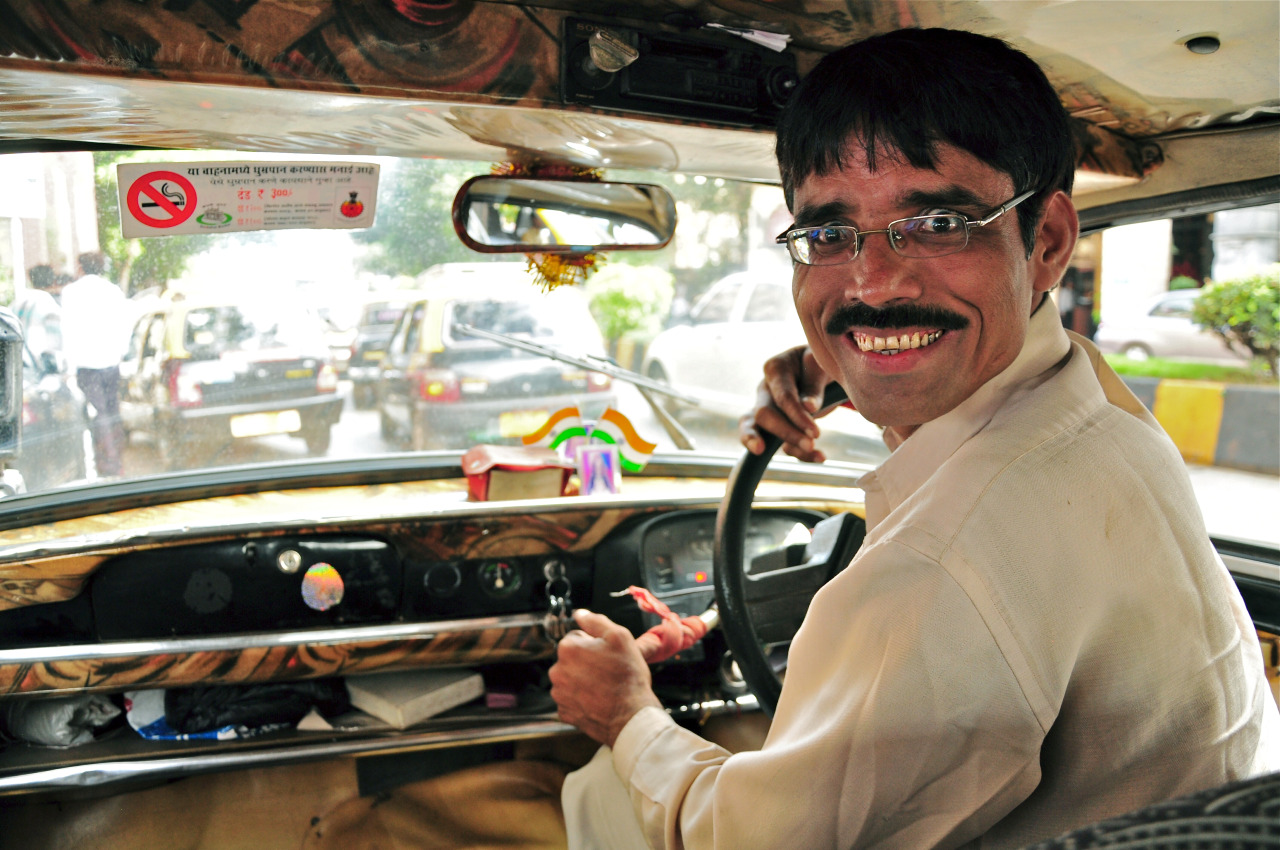
Tips for Driving in India:
- Always carry your International Driving License in India to avoid trouble with authorities.
- Drive slowly and cautiously, expecting unpredictable road conditions and behaviors.
- Remain patient and calm—this is the key to navigating Indian traffic successfully.
India’s roads might seem daunting at first glance, but adapting to the local driving culture can be a rewarding experience. Stay safe, be patient, and enjoy your drive in India!

Published November 26, 2018 • 4m to read
